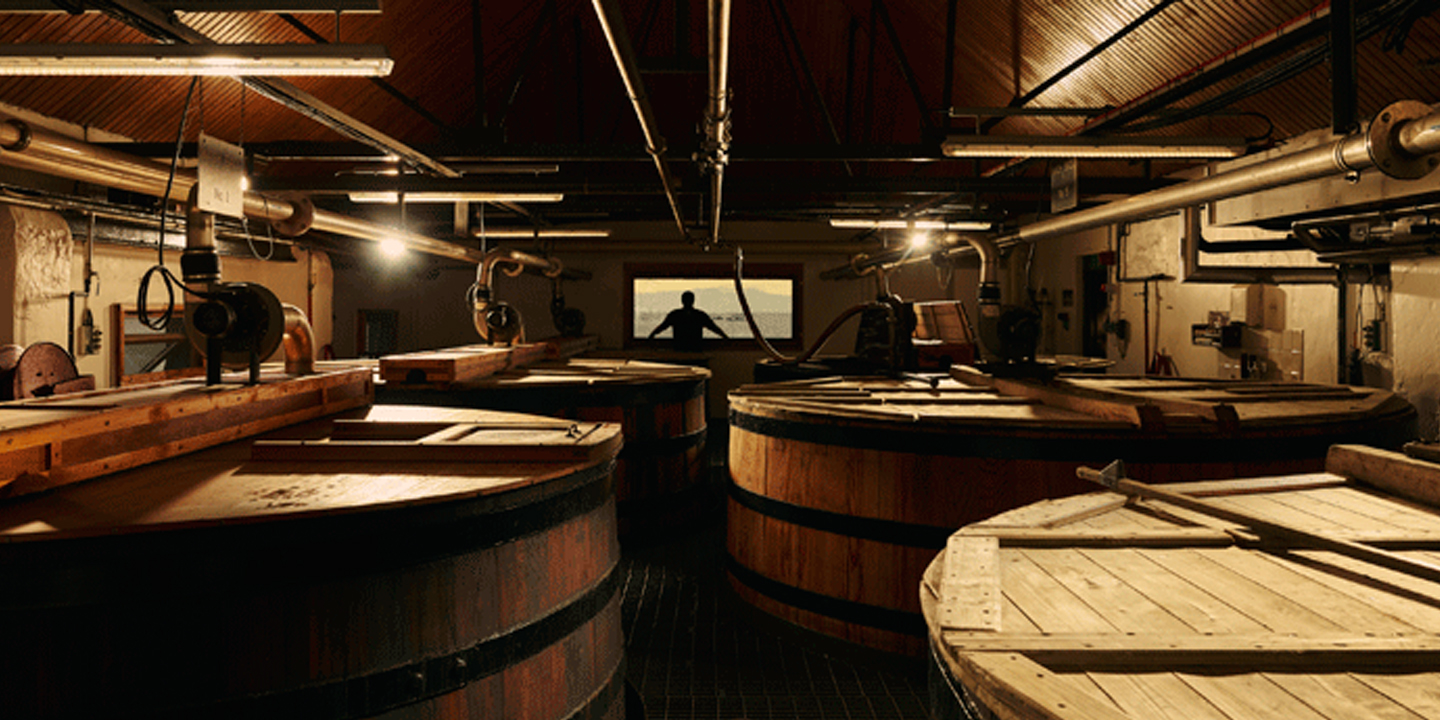Scotch Whisky 101 – Yeast
Learn Whisky
Three basic ingredients are needed in the production of whisky – barley, water and yeast.
It is quite remarkable how these three simple components are the basis of so many varied and delightful drams – From Scottish and Japanese whisky, to Irish whiskey and American Bourbon. The individual style and flavour profiles of each whisky are entirely dependent on how the ingredients are treated before and during the whisky-making and maturation process.
Today we’re looking at the micro-organism which truly makes the magic happen: yeast.
Yeast is responsible for the fermentation process, the part in which the all-important alcohol is introduced to the product.
Preparation is key
The barley needs to be carefully prepared, as we’ve seen in previous Scotch Whisky 101 instalments, to aid the process of fermentation. Barley with a high sugar content is preferable, as it means there is more to ferment. The barley grains are soaked in water for 2-3 days to allow the grains to germinate. This releases enzymes that convert starch in the barley into fermentable sugars.
As mentioned earlier in our series, soft water is used to keep the pH of the water low and improve the efficiency of the fermentation process.
Following the kilning process and the mashing process – which allows the soluble sugars in the malt to be extracted – the resulting liquid, referred to as ‘wort’, is ready to be made into whisky.
The main event – Fermentation
The cooled wort passes into large tanks called wash backs, enormous circular vessels which are capable of holding thousands of litres of liquid. They can be made of stainless steel, or more traditionally, wood. Here the yeast is added to begin fermentation. The choice of yeast used is considered a secret of that distillery’s manufacturing process.
The yeast “eats” the sugar in the wort, and then expels alcohol and carbon dioxide. The production of carbon dioxide causes the wort to foam up with bubbles of the gas, which can occasionally result in some strong vibrations in the wash back. It usually takes around 48 hours for the fermentation process to run its natural course, though distilleries may choose to run this for longer to prompt certain characteristics in the final product. The resulting liquid is low in alcohol strength (around 5 – 10%, more like beer or ale) and is called the ‘wash’.
Following the fermentation process, the ‘wash’ has the potential to be made into beer or whisky, as both products involve a fermentation process. Though it’s what happens next which is important in making sure we end up with whisky: distillation.
Wood or stainless steel wash backs?
This is a matter of impassioned debate among whisky lovers. Traditionalists swear by timber, preferably Scottish larch or pine, believing that timber vessels contribute additional flavour to the wash.
However, there is little evidence to suggest that these traditional wooden wash backs have a significant impact on flavour, and the vast majority of modern distilleries now use stainless steel vessels instead. Durable and easy to maintain, stainless steel wash backs are also well-suited to maintain the steady temperature that yeast requires to grow and thrive during the fermentation process. As a nod to heritage and traditional practices, many distillers retain the wooden wash back lids, but for many the vessel itself has been replaced with modern stainless steel.
What effect does yeast have on whisky flavour?
The jury’s out on this one, and the Scottish whisky industry has an apparent lack of interest in the subject. Early on in Scotch whisky history, Scottish distillers used a mixture of distiller’s and brewer’s yeasts, a practice that has died out in recent years as local breweries have closed.
However, with the rise of craft spirits, perhaps we will see increased interest in yeast experimentation. We’ll be keeping a close eye on this and hope to see some whisky distillers experimenting with the fermentation process in the near future.



